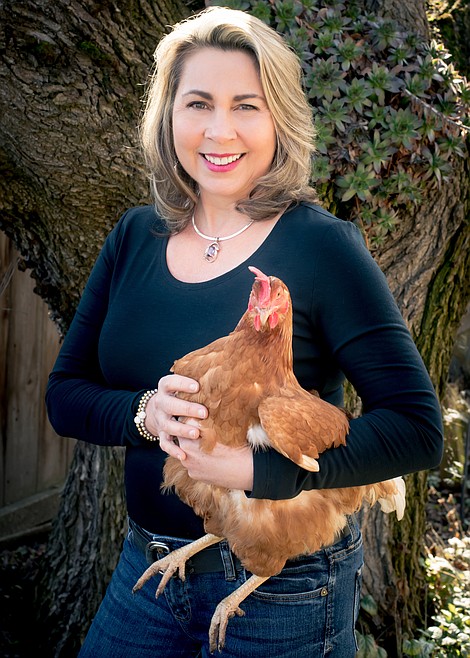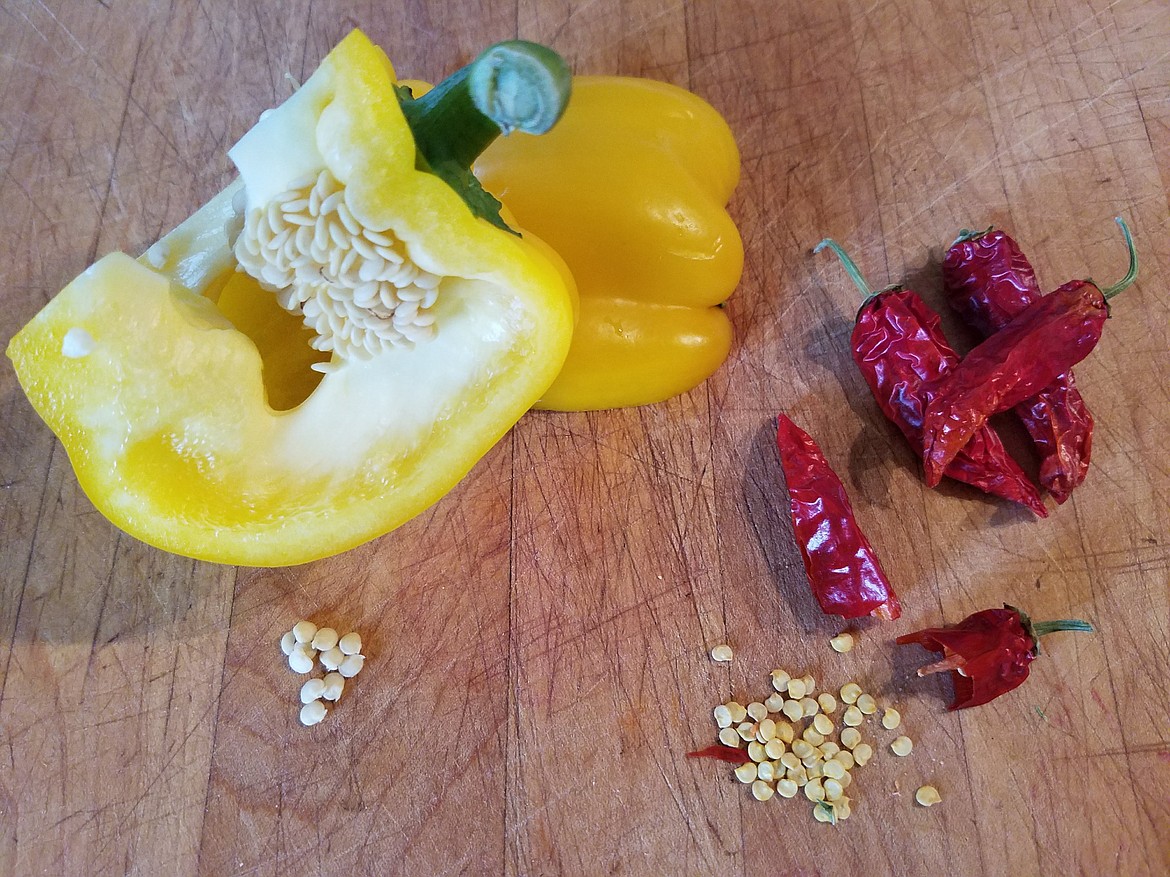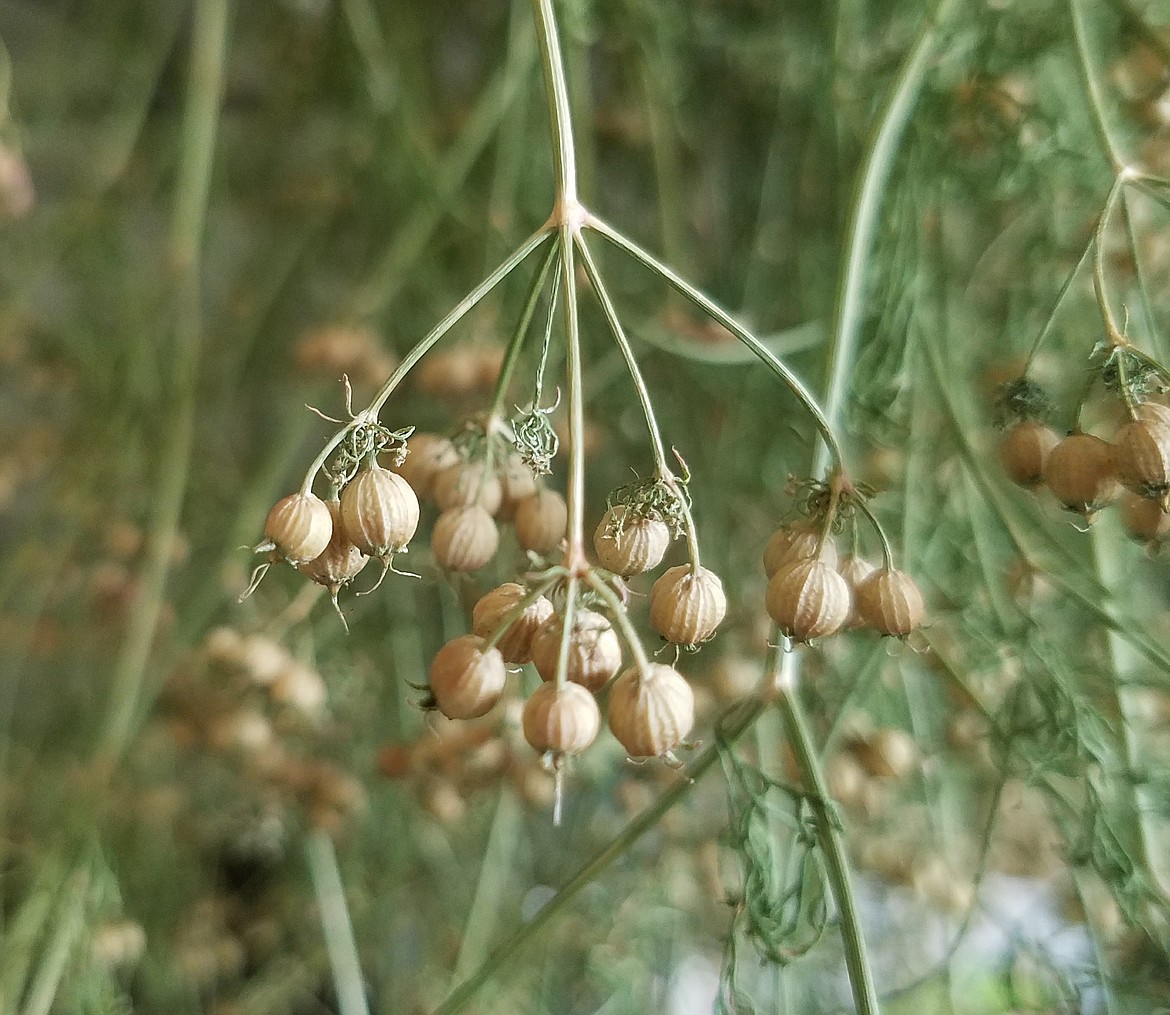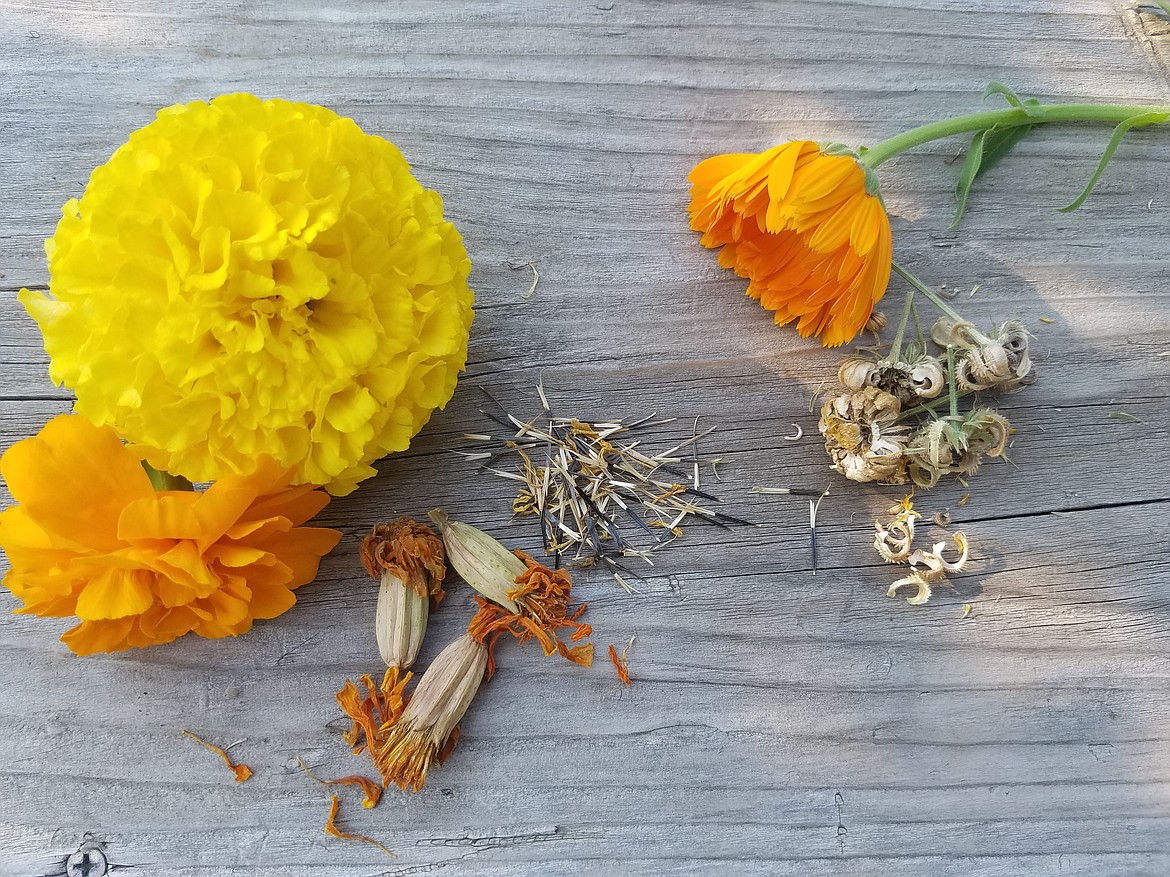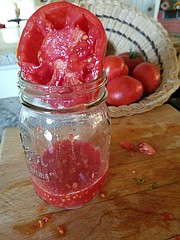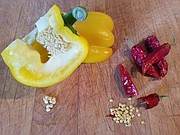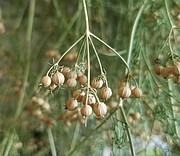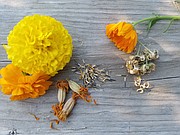Growing in North Idaho: Seed saving made simple
At the Idaho Master Gardener’s demonstration garden at the Kootenai County Fairgrounds, we were growing out the sixth generation of Sasha Altai tomatoes — it’s an early, prolific variety and one of the top varieties we recommend to grow in our region. Each year we harvest the tomatoes and save seed to donate to True to Seed, the free Seed Library located at the Coeur d'Alene library.
Some of the most popular garden vegetables, herbs and flowers are also the easiest to save seed from. Even beginners can achieve success with saving seed from tomatoes, peppers and beans, or herbs such as cilantro, dill or parsley, and flowers like calendula or marigolds.
The key to successful seed saving is to collect seed from open-pollinated or heirloom varieties. This variety breeds true, producing plants that are fairly identical to its parent. Heirlooms by definition are open-pollinated — they just have the distinction of being around for at least 50 years or more!
So, what about hybrid varieties, like Early Girl tomatoes or other popular hybrid cultivars? We don’t recommend saving hybrid seed because the resulting plant is unlikely to be similar to the parent. A hybrid is the result of intentionally cross-pollinating two or more cultivars to achieve specific characteristics, like fruit shape or disease resistance. It can take years for seed companies to develop a hybrid and many are proprietary.
Only save seed from healthy plants and select the best, fully ripened fruits or seed heads. For plant diversity, gather seed from more than one plant. After collection, dry your seed completely, out of direct sunlight, and store in envelopes or jars in a dark, cool and dry location.
Let’s face it, it’s hard to save seed from your very best tomato, since you’ve no doubt been eyeing it all summer for that coveted BLT. But don’t despair, you can still salvage the flesh or only use half for seed saving.
Tomato seeds have a gelatinous covering that can inhibit germination. For that reason, the best way to save seed is through fermentation, which breaks down the gelatinous covering. The process is simple, albeit a little messy, and involves squeezing the tomato seeds and pulp into a glass jar, adding a bit of water, and letting the mixture ferment for about 48 to 72 hours. Viable seed sinks to the bottom, while those that are not float to the top.
The liquid, pulp and bad seed are drained off; viable seeds are rinsed clean and then placed on a paper plate to dry before storing.
There are two ways to process pepper seeds, but first you’ll need fully ripe peppers — and guess what? Green peppers aren’t ripe and their seeds aren’t viable. Collect seed from red, yellow, orange, purple or brown peppers — but not green!
Thin-skinned varieties should be air-dried and then cracked open to collect seed (remember to wear gloves when handling hot peppers). Air drying can take several weeks depending on the temperature and humidity. Check the fruit often and discard any peppers that become moldy. For thick-walled peppers, scrape the seeds from the core and let dry completely before storing.
The easiest vegetable for seed saving is the bean — just allow the pod to dry completely on the vine, then split it open and collect the seed. You can also pick pods when they are “leathery” and hang them to dry in a garage or shed.
Cilantro, chives, dill and parsley will happily reseed themselves if the flower heads are left to ripen. To control self-seeding and the ensuing over-population crisis, cut mature seed heads and place them in a paper bag to dry completely. Seeds from annual flowers like calendula, marigolds and sweet pea can be saved this way. Simply collect dried seed heads or pods and remove the seeds, then dry and store until next spring.
Seed saving is easy, economical, and fun to do. Best of all, it provides an endless supply of seeds to grow and share! Learn more about seed saving on the IMG website.
• • •
Candace Godwin is a Certified Idaho Master Gardener. The University of Idaho Extension, Kootenai County Idaho Master Gardener program is located in the UI Research Park, 721 S. Lochsa St., in Post Falls. Learn more at https://www.uidaho.edu/extension/county/kootenai/garden or on Facebook. Visit us in person, email kootenaimg@uidaho.edu, or call 208-292-2525. IMG services are free to the public.

